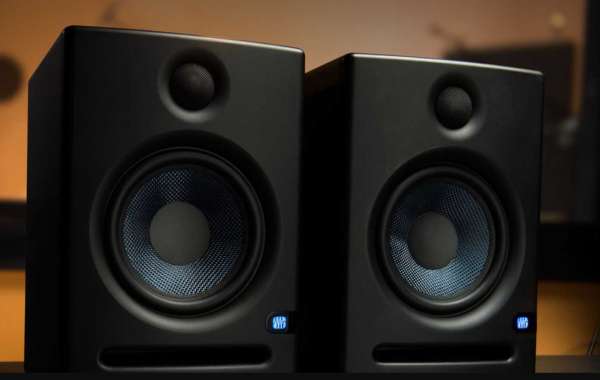While there are no natural substitutes for mixing and mastering monitors in an acoustically treated room, headphones certainly have a place when producing music. It's best to mix on mid- or near-field monitors in a studio when you're using headphones, and even still, it takes some getting used to. Here are a few tips to keep in mind during your next session…
Protect Your Ears
When wearing headphones, it's essential to recognize that there is a greater risk of hearing damage because the drivers are situated directly next to your ears than when using studio monitors. Be aware of both your SPL (Sound Pressure Level) and the amount of time you spend mixing so you don't hurt your hearing by inadvertently exposing yourself to sounds for too long.
Learn Your Gear on Mixes You Know
When mixing with headphones, realize that you're not trying to make only that particular pair sound good, but rather create a mix that translates well to a variety of different playback systems. Although the physics of headphones can make it challenging to generate the entire frequency spectrum, bass sounds require significant space for waveforms to develop, and headphones lack the majority of spatial information needed for stereo imaging and reverb processing.
To make a mix sound the way you like it, to listen to how you would want other people to listen to your mix, you might want to maintain a catalog of reference tracks that you know by heart. For example, imagine you're working on a drum beat, and you want it to hit in a way similar to an entrance in a track that inspired you. Listen to this sort of music through your headphones, and then edit your music to sound similarly loud but without blowing out the sound system. Once this is done, check if this will also happen with some midfield monitors or not.
Manage Your expectations: Know What to Mix on Headphones and What to Leave For Studio Monitors.
Headphones are fabulous for listening to music and recalling good memories... Usually, they help focus on details and correct errors in individual tracks. For some people, that clear and isolated sound makes it so much easier to fix problems with distortion, pops, and clicks and perform dynamic signal processing like compression on individual tracks.
While headphones are undoubtedly helpful for a lot of tasks, their effectiveness is lessened when one is attempting to test out the strengths and weaknesses of an individual sound; this is why it's sometimes better to listen along with commercial speakers to get a sense of how the final mix will sound.
When mixing with headphones, it's best to ensure that you're not doing any imaging, tone-shaping or reverb processing. Also, if you're working with bass-heavy material, it might be a bit more challenging to mix because you can't always hear what's happening low-frequency-wise.
Choose Your Gear Wisely
Many headphones are available for listening purposes, and many with various applications. Many headphones are designed for personal or hi-fi listening and provide a deliberate bump in the bass. A cut in the treble makes the music sound fun and engaging, but this can skew your perception of what's happening with the bass and treble in your mix! When mixing, it can be beneficial to select a pair that has as flat a frequency response as possible to ensure your mixes translate across different playback systems.
One primary consideration is whether they are closed-back or open when deciding on the type of studio headphones to purchase. Closed headsets allow no sound leakage and a much more accurate monitoring experience. However, this can be frustrating because you're limited to only hearing what's coming through the microphone(s). Although designed for tracking and recording use, open- and semi-open headsets still provide an excellent monitoring experience. Still, they let in some bleed from outside sources, which some people prefer.
Select the pair of best studio headphones for mixing that work best for the style of music you intend to mix. We hope you found the best studio monitors under 500 and the best compressor vst that works for you.
Source URL: https://www.audioegghead.com/10-best-studio-monitors-under-500-dollars/







